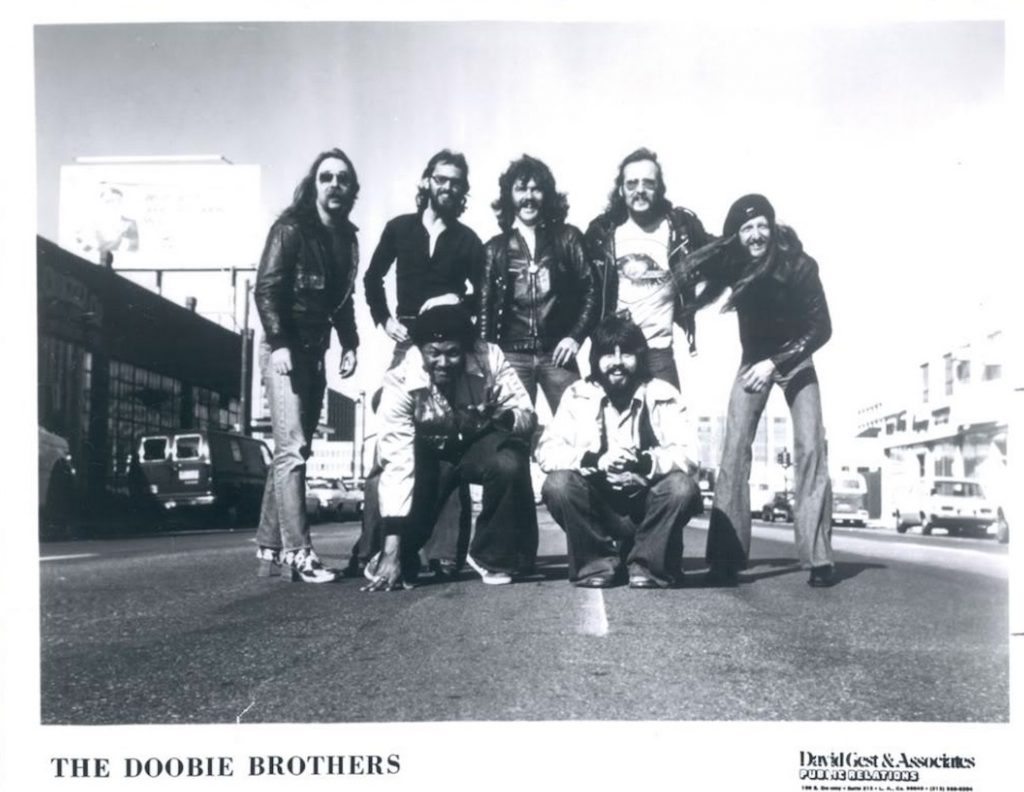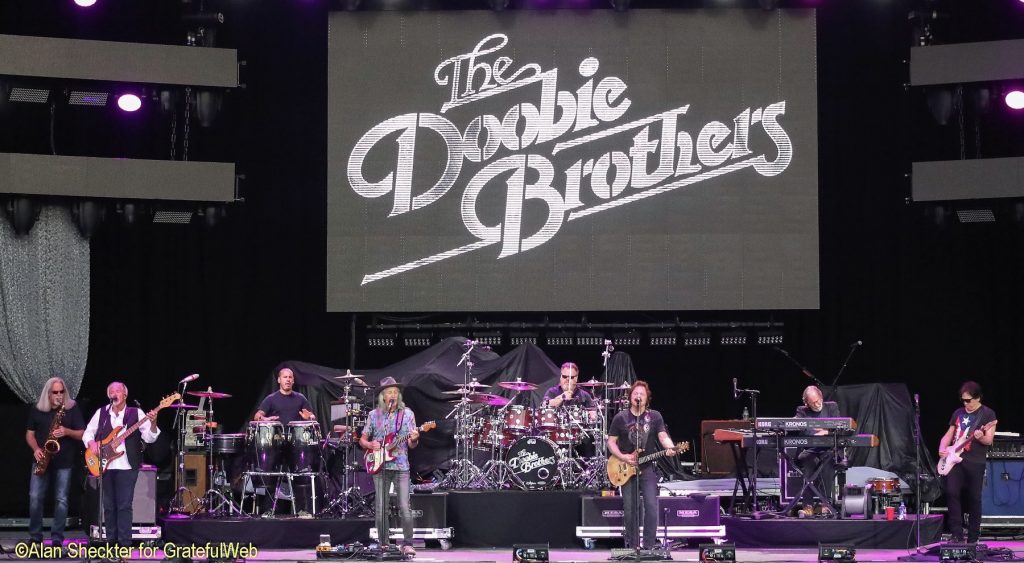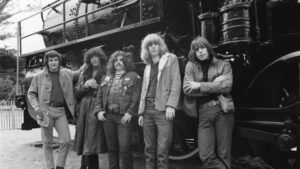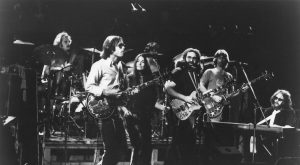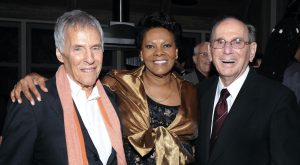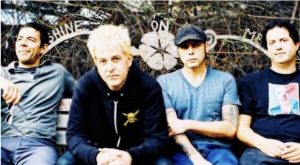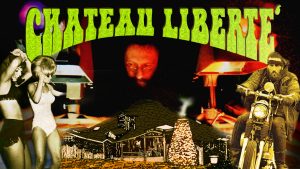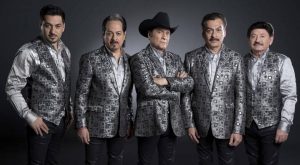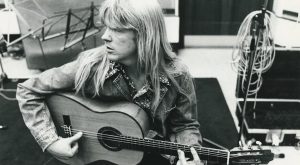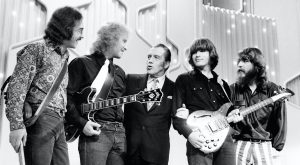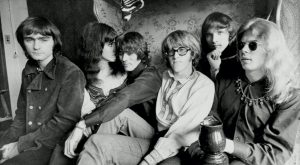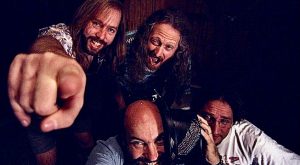2020 Rock & Roll Hall of Fame: The Doobie Brothers
Since forming in 1969, The Doobie Brothers have sold more than 48 million albums, including three multi-Platinum albums, seven Platinum albums, and 14 Gold albums.
San Jose’s Rock Roots: The Doobie Brothers’ Beginnings in Naglee Park
In the early 1970s, San Jose wasn’t the sprawling tech hub it is today. It was a smaller, quieter city—a place where orchards dotted the landscape and creativity thrived in unexpected corners. Among these corners was a house at 285 South 12th Street, in the historic Naglee Park neighborhood. Unassuming from the outside, this house became the birthplace of one of rock music’s most celebrated bands: The Doobie Brothers, who were inducted into the Rock & Roll Hall of Fame in 2020.
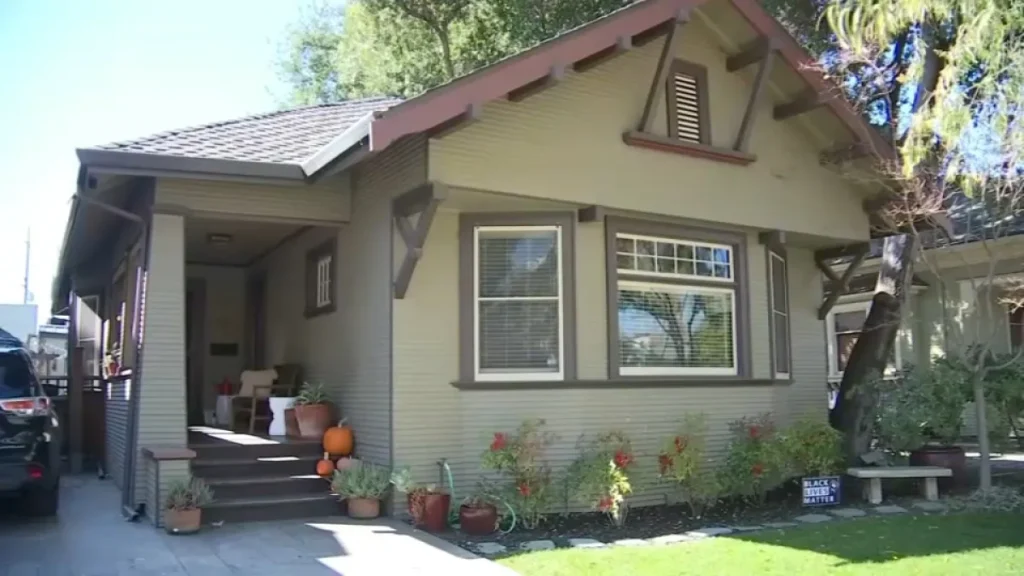
285 S. 12th Street, San Jose
The story of the Doobie Brothers begins with Tom Johnston, a Visalia native who moved to San Jose in 1968 to attend San Jose State University. Johnston, an art major with a passion for music, found the creative spark he needed in San Jose’s burgeoning counterculture scene. He moved into a modest Craftsman house on 12th Street, a place that would soon become the band’s home base. By 1970, Johnston had teamed up with Pat Simmons, a skilled guitarist and vocalist who had grown up in San Jose, attended Leigh High School, and was pursuing his own musical ambitions at San Jose State.
The 12th Street house became a hub for musicians from across the South Bay. Johnston described the home as a vibrant center of creativity: “It didn’t matter if they played guitar, bass, drums, or horns—they all ended up in our basement.” The band’s early jams often ran late into the night, with their sound echoing through the neighborhood. It was in this basement that Johnston wrote the legendary opening riff for “China Grove,” rushing downstairs to turn inspiration into a jam session. These jam sessions would give birth to many of the tracks on the Doobie Brothers’ breakthrough albums, including Toulouse Street (1972) and The Captain and Me (1973).
As the band’s lineup evolved, the Doobie Brothers welcomed Tiran Porter, a talented bassist and vocalist who brought a funkier bass style and a rich baritone voice to the group. Porter, a Northern California native who had previously played with Simmons in a band called Scratch, joined the Doobie Brothers in late 1971. His dynamic playing and vocal contributions added a new depth to the band’s sound, helping to elevate their music during their golden era. Porter remained with the Doobie Brothers through some of their most successful years and now resides in the Santa Cruz Mountains, where he continues to enjoy the serene surroundings that inspire his creativity.
The Doobie Brothers’ rise to fame was bolstered by their regular performances at Ricardo’s Pizza on Willow Street in San Jose, a popular live music venue at the time. It was here that the band caught the attention of a record company executive, who signed them to their first contract after a late-night gig. This moment marked the start of their journey to international stardom and cemented San Jose’s place in their history.
A Historic Landmark: The House on 12th Street
The house at 285 South 12th Street, built in 1907 by renowned architect Wesley Warren Hastings, played a pivotal role in the Doobie Brothers’ story. Known for his Craftsman-style designs, Hastings provided the band with a home that perfectly matched their creative energy. Its side porch, famously used for motorcycle parking by the band’s biker friends, added a unique charm to the property.
In 2021, the City of San Jose officially designated the house as a historic landmark, recognizing its significance in the Doobie Brothers’ early history. The designation ensures that the residence, where the band honed their craft and developed their signature sound, will be preserved for future generations.
This house stands as a testament to San Jose’s rich musical heritage and its role in nurturing one of rock music’s most iconic bands. Its walls hold the echoes of late-night jam sessions, spontaneous songwriting moments, and the vibrant spirit of a city that fostered creativity and innovation.
San Jose’s Role in Rock History
The Doobie Brothers aren’t just a band with San Jose roots—they’re a testament to the city’s role as a cradle for creativity in rock music. Much like the Grateful Dead and their ties to San Jose, the Doobie Brothers began their journey here, where the city’s culture and energy inspired their unique blend of rock, soul, and R&B.
Tom Johnston fondly remembers the San Jose of the early ‘70s as a laid-back place, brimming with possibility. “San Jose, for me, was just a really neat place to be,” he said. “I loved living there. It was a cool time.”
The city provided not just a home but a launchpad for the band’s meteoric rise, helping shape a sound that would resonate across the globe. And with the contributions of local legends like Tiran Porter, who still calls the region home, San Jose’s role in the Doobie Brothers’ legacy remains as enduring as the band’s music.
Good Reads
Doobie Brothers to Be Inducted into the Songwriters Hall of Fame Class of 2025
Doobie Brothers’ Tom Johnston on Rock Hall of Fame: ‘The Stars Aligned’
Doobie Digs, February 24, 2021 article in Metro by Gary Singh
Additional Did You Know's
Unraveling The History Of The First Grateful Dead Show.
The band’s members began their musical journey largely in the South Bay – leading epically to their first show under the “Grateful Dead” name at a house in downtown San Jose.
How San Jose Became Dead First — And Hosted The Band’s Debut Performance
December 4, 1965: The Grateful Dead’s first performance as the Grateful Dead occurred in a home in downtown San Jose now the site of San Jose’s City Hall.
Hal David Knew the Way to San Jose
The song earned Dionne Warwick her first Grammy and sold over 3.5 million copies.
Cupertino has ‘No Use for a Name’
A punk rock band from Cupertino formed in 1987 is highly praised in the Skate punk and Hardcore punk scenes. Their debut album, Incognito, was released in 1990. They had a Top 40 hit in the mid ’90s with “Soulmate.” In 1997, after the success of Making Friends, the band went on a worldwide tour…
Los Gatos’ Chateau Liberte: Lights. Camera. Reaction.
The Chateau Liberte’ a feature documentary. The Chateau was a rustic mountain bar ran by Hells Angels where great rock bands played in the 60’s/70’s. It was also a hippie commune with its own self-sustained way of life.
Los Tigres Del Norte: the Beatles of Mexican music.
With half a dozen Grammys and sales in the tens of millions, able to pack arenas all over the country, Los Tigres del Norte—The Tigers of the North— is the most famous band mainstream America never heard of.
Larry Norman: the Elvis Presley of Christian Rock
San Josean Larry Norman is considered to be one of the pioneers of Christian rock music and released more than 100 albums.
Creedence Clearwater Revival: Go Spartans!
1967 – 1972: Formed by John Fogerty, Doug Clifford (born in Palo Alto), and Stu Cook in the late 1950s. Doug and Stu attended San Jose State, playing now under the name Golliwogs. In 1967 the band, now with Tom Fogerty, became Creedence Clearwater Revival.
Jefferson Airplane, South Bay Roots
Formed in August 1965 by Marty Balin, was populated mostly by South Bay musicians when he teamed up with Paul Kantner University of Santa Clara (1959-61) and San Jose State University (1961-63), Jorma Kaukonen (University of Santa Clara 1962) and singer Grace Slick resident of Palo Alto who joined the band in 1966.
Severe Tire Damage: Internet’s 1st Live Band
1993 – “We were using about have the available bandwidth of the Internet. With just us doing really really bad songs.” Russ Haynes, Digital Equipment Corp. Severe Tire Damage was the first live band on the internet.” Russ Haines, Digital Equipment Corp.

